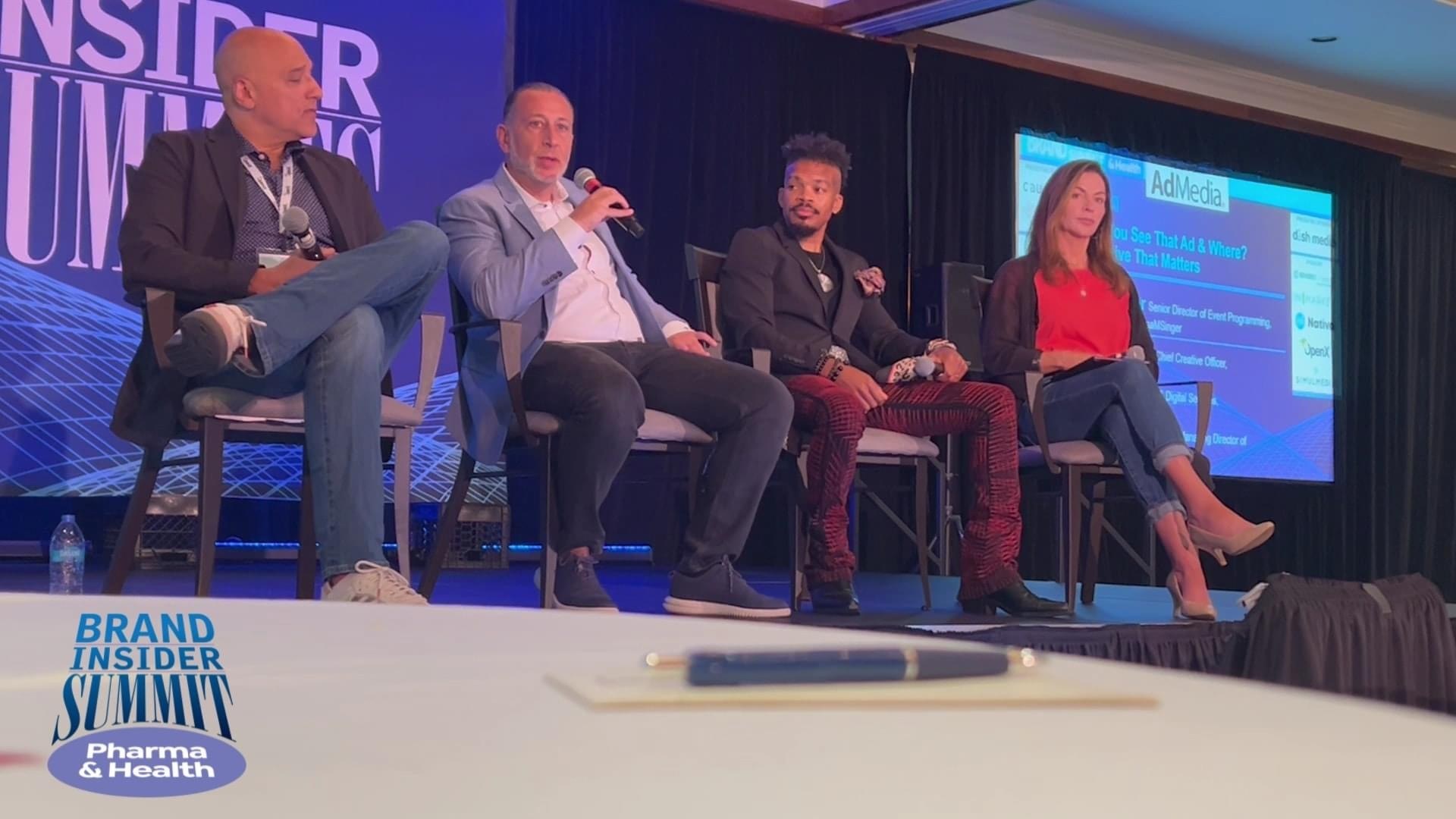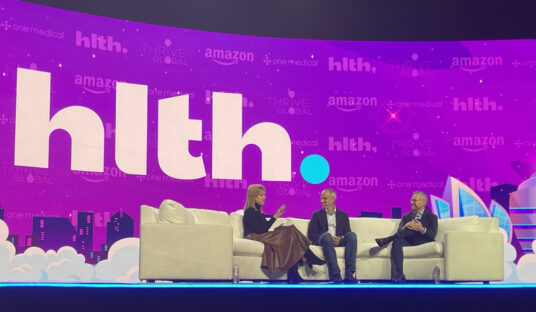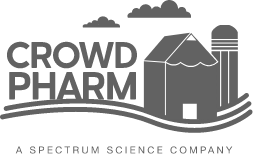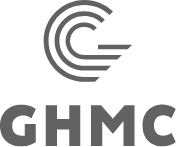Communications
Breaking the Spell of Bad Creative: Four Ways to Achieve Credible Creativity in Healthcare Advertising

Unoriginal. Conservative. Cumbersome. Disconnected. These are fighting words for a pharma industry trying to shed the perception of antiquated creative output and connectivity. But actions speak louder than words, and in our case, volumes to HCP and consumer audiences that demand what’s indispensable: authenticity.
I recently attended the Media Post Insider Summit in the Poconos, where I contributed to a panel titled “Did You See That Ad & Where: Creative That Matters.” This panel addressed the longstanding reputation of healthcare advertising and discussed how to break free from these constraints with a digitally expanded media mix.
From the experience level to the craft level, here are four takeaways from the panel to ensure the north star of “credible creativity” can help us keep things real and keep pace with the industry’s constant state of evolution (and scrutiny).
CREATIVE PRODUCERS MUST BE CREATIVE “REDUCERS”
As a tap-and-go, zero-click culture, our experiences with everyday brands are fluid, streamlined and simple. Then comes life sciences, and the experience is often one of layers, hoops to jump through and just plain work. The feeling? Pharma is once again antiquated and out of touch with the real world. As we create connected experiences, we must ask ourselves “What do I need to remove?” to mirror the effortless experience of everyday life and brands. After all, an adherence program shouldn’t be more work than taking the actual medication.
GO AHEAD, GET ALL EMOTIONAL
Disease is personalized. Medicine is personalized. Therefore, science must be personalized. To engage and educate HCPs in this new reality, we must leverage emotional storytelling to make science pop and unforgettable. Humans make decisions based on emotion and then look for facts to validate their decision. And our brains release oxytocin in response to characters that increase empathy and connection as well as compassion and trust. So, imagine for example bringing vibrant, compelling and emotive creative to a brand on LinkedIn where doctors are consuming more traditional clinical information – their world will go from black and white to technicolor in a scroll.
GET OUT OF THE WAY OF YOUR AUDIENCE
Over the years, regulatory boundaries have stayed relatively the same – but that doesn’t mean the work should too. The burden of bringing better choices to clients falls on the agency. But the burden of getting them to our real audience – patients, caregivers and doctors – falls on all of us. We need to stand in the stakeholder’s shoes at all times, because nothing takes creativity to mediocrity faster than our own subjectivity, and to be boring is to be forgettable. The solution? A creative lexicon that guides the building and evaluation of creative for both the client and the agency. Spectrum Science uses SHIFT (Strategic, Head turning, Insight-driven, Fearless and Transformative) to ensure the work remains fresh, resonant and relatable for the end user.
BREAK NEW GROUND THROUGH CO-CREAITION
Creativity is all about making uncommon connections and pushing past comfort zones. AI is a tool aiding us in our quest, and the possibilities are both daring (imagine AI generated KOL’s) and daunting (imagine getting this approved by legal and regulatory). To bring the industry along we must bring everyone along. Work closely, early and often with marketers, doctors, medical and legal and make them part of the building process. The last thing you want is a great solution to die in a review because you haven’t been proactive and inclusive from the start.
As the healthcare industry continues to evolve, it’s crucial that our creative approaches evolve with it. By focusing on authenticity, emotional storytelling and collaboration, we can break free from the constraints of traditional healthcare advertising and create meaningful connections with our audiences. Are you interested in new ways to connect with your audiences? Contact us to collaborate and evolve, together.
To dive deeper into the discussion and gain more insights from the Media Post Insider Summit, watch the full panel discussion “Did You See That Ad & Where?: Creative That Matters” here.
Perspectives

Communications
J.P. Morgan Healthcare Conference 2024: Unity and Hope Amid Industry Challenges

Communications
Attending HLTH 2024: Where Networking, Brand Boosting and Cool Collide

Communications
A Reflection on Mentoring Future Biotech Communicators

Communications
Top 5 Ways Consumer Brands Make an Impact at Medical Meetings





